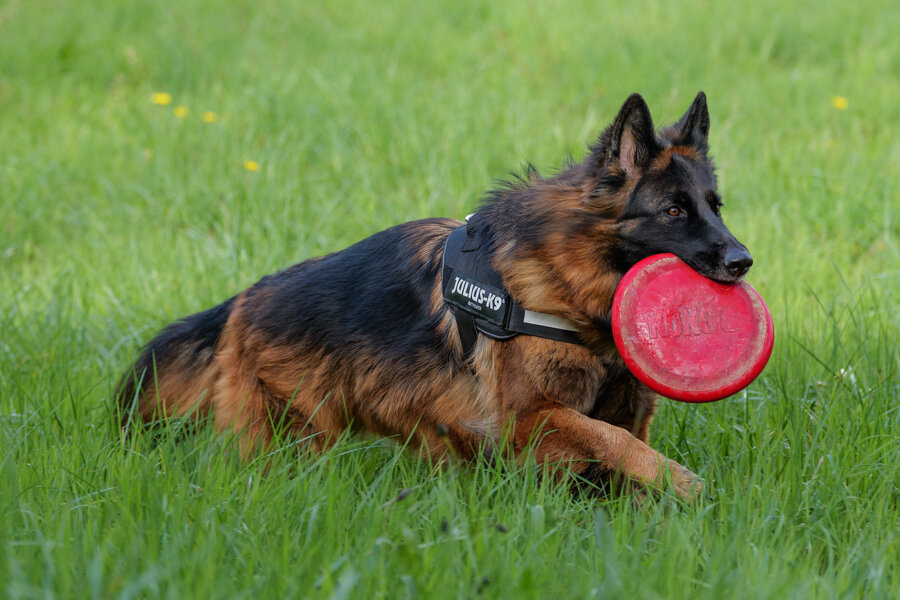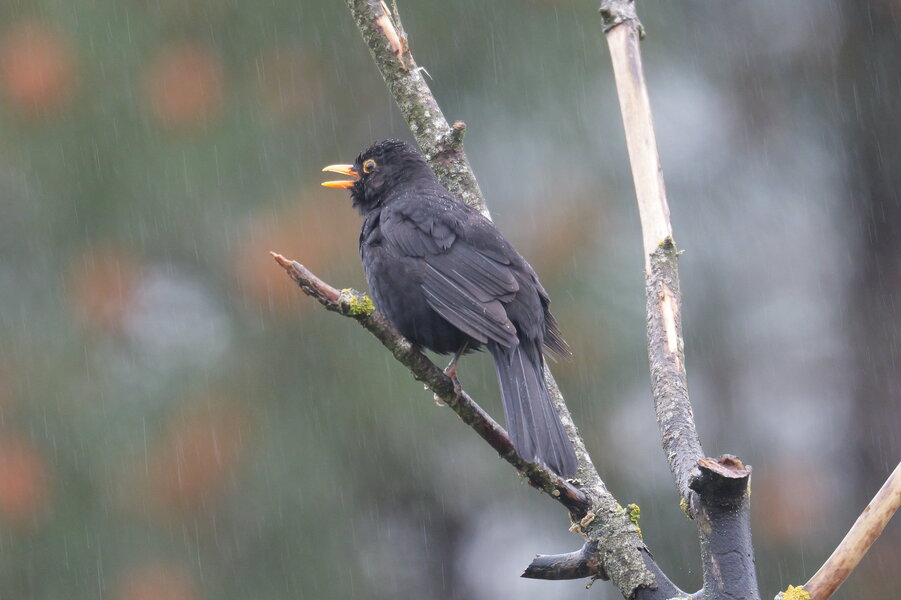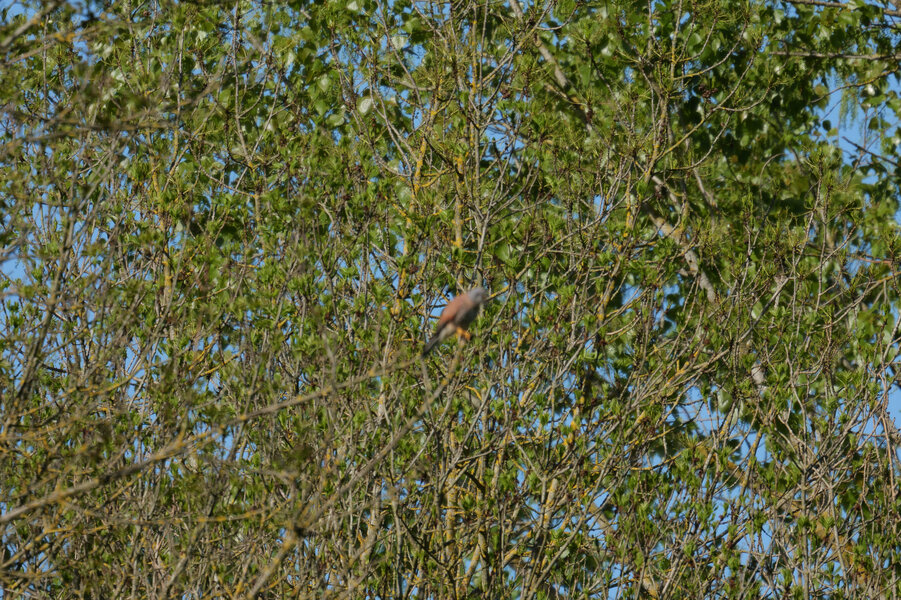I came across this article at dpreview about the autofocus of the Lumix S1Rii
Quote:
The Panasonic S1RII features a revised version of the phase-detection AF system introduced with the S5II cameras. It can detect and track more subjects than the S5II supported at launch, and Panasonic promises it's both quicker to find focus and more tenacious in terms of tracking.
...
There's a twist, though: the S1RII can either be set to use its focus tracking system or it can be set to track a recognized subject but, unlike most modern cameras, these are separate functions. The upshot is that if you want to focus on a non-recognized subject for one shot, or the camera fails to find the subject it's supposed to recognize, you'll need to disengage the subject tracking: the S1RII will not fall back to its generic tracking system.
This is disappointing as the S5II has now gained the ability to detect all the same subjects as the S1RII, but its subject recognition is built on top of the generic tracking system, so the camera will fall back to tracking AF, making it more flexible.
...
Our experiences with the S1RII were distinctly mixed: when the AF system works, it can be very good, but overall, we found it to be appreciably less reliable than we've come to expect from the likes of Canon, Nikon and Sony cameras.
In our standard tracking test we found the S1RII had a tricky time of following the subject – it lost track of the subject on half of the runs we performed. The camera would typically lose the subject as the rate of approach changed as the target turns a corner.
Human detection did a better job but could still be prone to losing the subject mid-run (it did so in one of the four runs we conducted). This is consistent with our other usage of the camera: it can be very sticky once it's found a subject, but it doesn't always successfully find subjects, and it can lose track of them as you're shooting. The camera also appears to have struggled to judge subject distance consistently, resulting in some softness when the subject's approach speed varies.
Perhaps the most concerning behavior, though, was one we've seen in other recent Panasonic cameras, where tracking AF will fail to find something to focus on at all and will simply present a red flashing box and make no further attempt to focus. This is offputting enough to undermine our faith in the reliability of the camera, probably out of proportion to how often it occurs. Just knowing that the camera will sometimes fail to focus and make you wait a few moments is an unpleasant thought to have lingering in the back of your mind and not something we're used to encountering on a modern camera.
That does not sound good for action shots. Did anybody tried this with his S1Rii?
Quote:
The Panasonic S1RII features a revised version of the phase-detection AF system introduced with the S5II cameras. It can detect and track more subjects than the S5II supported at launch, and Panasonic promises it's both quicker to find focus and more tenacious in terms of tracking.
...
There's a twist, though: the S1RII can either be set to use its focus tracking system or it can be set to track a recognized subject but, unlike most modern cameras, these are separate functions. The upshot is that if you want to focus on a non-recognized subject for one shot, or the camera fails to find the subject it's supposed to recognize, you'll need to disengage the subject tracking: the S1RII will not fall back to its generic tracking system.
This is disappointing as the S5II has now gained the ability to detect all the same subjects as the S1RII, but its subject recognition is built on top of the generic tracking system, so the camera will fall back to tracking AF, making it more flexible.
...
Our experiences with the S1RII were distinctly mixed: when the AF system works, it can be very good, but overall, we found it to be appreciably less reliable than we've come to expect from the likes of Canon, Nikon and Sony cameras.
In our standard tracking test we found the S1RII had a tricky time of following the subject – it lost track of the subject on half of the runs we performed. The camera would typically lose the subject as the rate of approach changed as the target turns a corner.
Human detection did a better job but could still be prone to losing the subject mid-run (it did so in one of the four runs we conducted). This is consistent with our other usage of the camera: it can be very sticky once it's found a subject, but it doesn't always successfully find subjects, and it can lose track of them as you're shooting. The camera also appears to have struggled to judge subject distance consistently, resulting in some softness when the subject's approach speed varies.
Perhaps the most concerning behavior, though, was one we've seen in other recent Panasonic cameras, where tracking AF will fail to find something to focus on at all and will simply present a red flashing box and make no further attempt to focus. This is offputting enough to undermine our faith in the reliability of the camera, probably out of proportion to how often it occurs. Just knowing that the camera will sometimes fail to focus and make you wait a few moments is an unpleasant thought to have lingering in the back of your mind and not something we're used to encountering on a modern camera.
That does not sound good for action shots. Did anybody tried this with his S1Rii?






